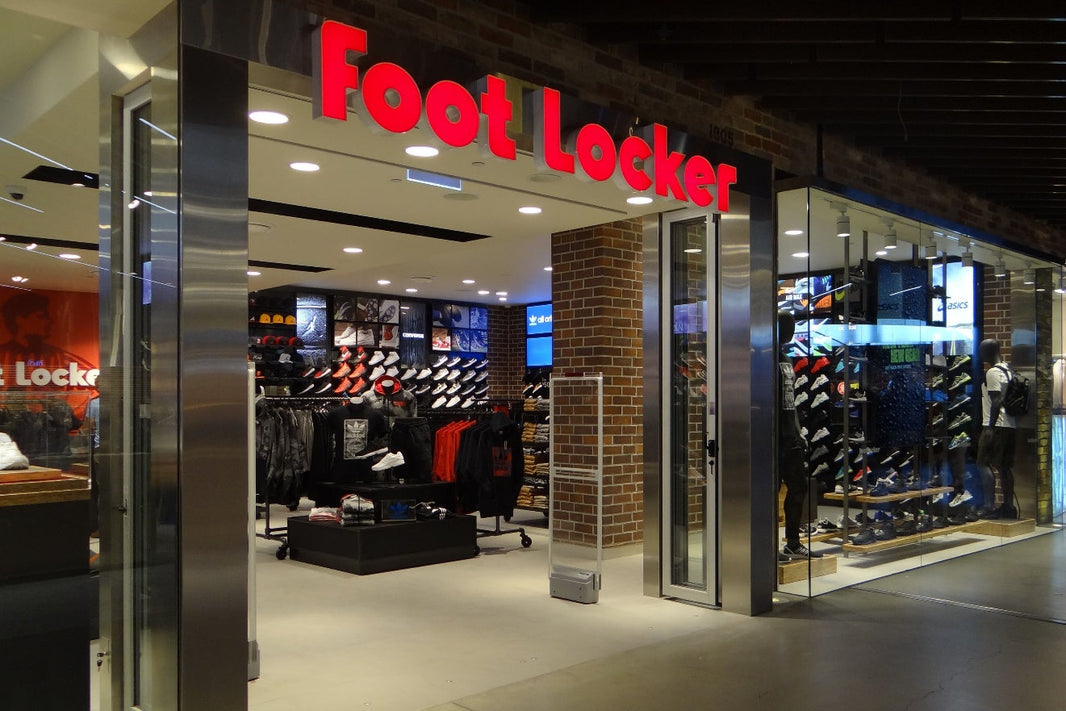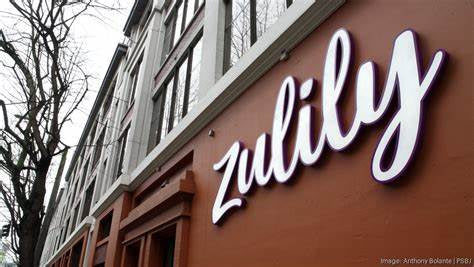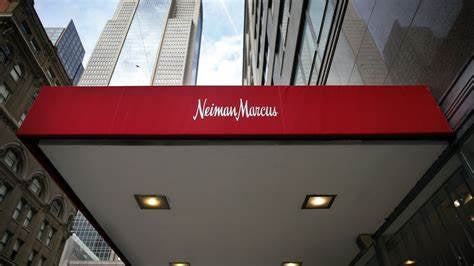Home Depot and Lowe’s, two leading home improvement retailers, have shared their fourth-quarter earnings, revealing signs of recovery in the sector despite persistent pressures from elevated interest rates and looming tariff uncertainties. Both companies are strategically targeting professional customers—like contractors—to strengthen their financial performance, a move that has yielded largely positive results in Q4 and hints at a potential rebound in the home improvement market.
Home Depot’s Fourth-Quarter Performance
Home Depot announced a notable achievement: positive comparable sales growth for the first time in two years during the holiday quarter. Comparable sales, which measure performance at existing stores, rose by 0.8% overall and 1.3% in the U.S., signaling a possible turning point for the industry. Neil Saunders, Managing Director at GlobalData, described this as “a very clear win for Home Depot,” suggesting that the home improvement market may be emerging from its recent slowdown.
The company reported net sales of $39.7 billion for the quarter, which spanned 14 weeks, marking a 14% increase from the previous year’s 13-week quarter. This growth, however, is partly attributed to the extra week. Profitability also improved, with operating income climbing 8.5% to $4.5 billion and net income rising 7% to approximately $3 billion.
For the full year, Home Depot’s net sales increased 4.5% to $159.5 billion, though comparable sales declined by 1.8% both overall and in the U.S. Operating income remained nearly steady at $21.5 billion, while net income dropped 2.2% to $14.8 billion. A key driver of sales growth was the acquisition of SRS in June, which added $6.4 billion to the company’s revenue since then. Additionally, Home Depot saw success with its professional customer base, as all pro segments recorded positive comparable sales in Q4, according to Ann-Marie Campbell, Senior Executive Vice President of U.S. Stores and Operations.

Lowe’s Fourth-Quarter Results
Lowe’s reported net sales of $18.6 billion for the fourth quarter, virtually unchanged from the previous year. Comparable sales edged up by a modest 0.2%, fueled by strong performances in professional and online sales (with pro comps in the high single digits), as well as holiday sales and rebuilding efforts following hurricanes. However, this growth was tempered by weaker discretionary spending from DIY customers.
Despite a challenging market, Lowe’s profitability improved, with operating income increasing 8.5% to $1.8 billion and net income growing 10.3% to $1.1 billion. CEO Marvin Ellison noted that while short-term interest rates have begun to ease, the home improvement sector remains under strain. He pointed to mortgage rates at their highest in over 20 years, which create affordability challenges for home buyers and may discourage spending on home projects, especially among homeowners locked into lower rates.
For the full year, Lowe’s net sales fell 3% to $83.7 billion, with operating income declining 9.4% to $10.5 billion and net income dropping roughly 10% to $7 billion, reflecting a tougher annual performance compared to Home Depot.
Strategic Focus and Market Outlook
Both retailers are leaning into their professional customer segments to navigate market headwinds. Home Depot’s success in this area, bolstered by the SRS acquisition, has given it an edge, while Lowe’s is also seeing gains with pros and online sales, though its overall results were less robust. The slight uptick in comparable sales for both companies suggests the home improvement sector may be stabilizing, but external factors—such as high interest rates and potential tariffs—continue to pose risks.
In summary, Home Depot outperformed Lowe’s in Q4 and for the full year, driven by strategic acquisitions and a strong pro customer focus. Lowe’s, while showing resilience with profit gains, faced greater challenges from a softening DIY market. Together, their results offer cautious optimism for a sector that’s beginning to recover but remains vulnerable to economic pressures.






